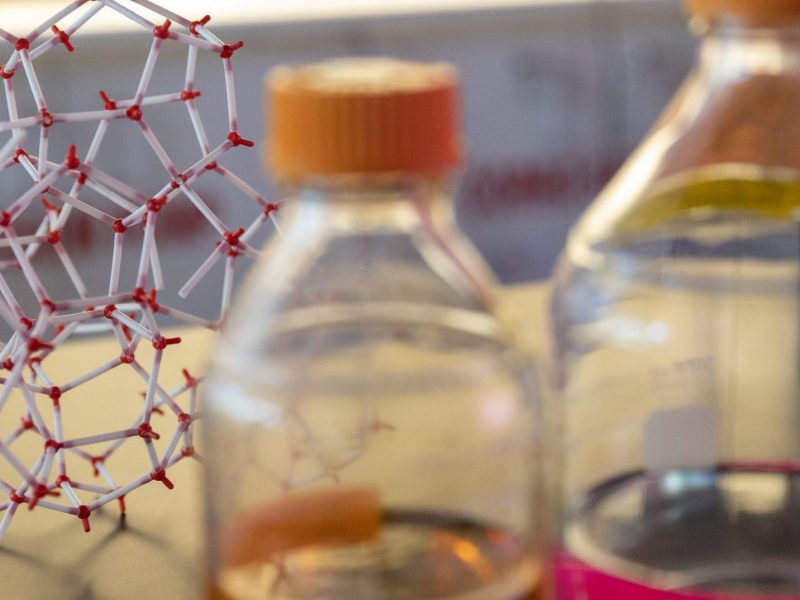Description
Molecules that bind to critical targets (organisms, proteins, toxins, or other biological molecules) have great potential as diagnostic tools and also as potential therapeutic drugs. The current standard in diagnostics is antibodies that are produced in rodents or with phage display technologies, which is labor intensive and lacks in cost and time effectiveness. It also relies upon what can be a complex immunological response. The final products vary in yield, shelf life, specificity, and sensitivity.
This technology relates to a method for identifying synthetic molecular binding agents from peptide libraries using the PepSeq technology. This method uses large libraries of peptides tagged with DNA sequences to precisely identify particular peptides. Target molecules (e.g., proteins, toxins, enzymes, pathogens, and biomarkers) are incubated with the libraries to identify specific peptides that bind to the targets. The candidate peptides are used to design subsequent libraries to explore their chemical derivatives and identify better binding agents. The best binding agents are used as the basis for detectors, diagnostics, and potential therapeutic agents.
Additional information
Patent number and inventor
Patent pending
Paul Keim, Erik Settles, Jason Ladner, and John Altin.
Potential applications
The main applications involve identifying candidate binding agents for use in diagnostics, detection, and therapeutics.
Benefits and advantages
This approach allows the computation design of diverse molecular libraries and their high-capacity screening. The binding maturation cycles that follow identify superior binding agents in a directed design and rapid, economical strategy.
Case number and licensing status
2020-006
This invention is available for licensing.

